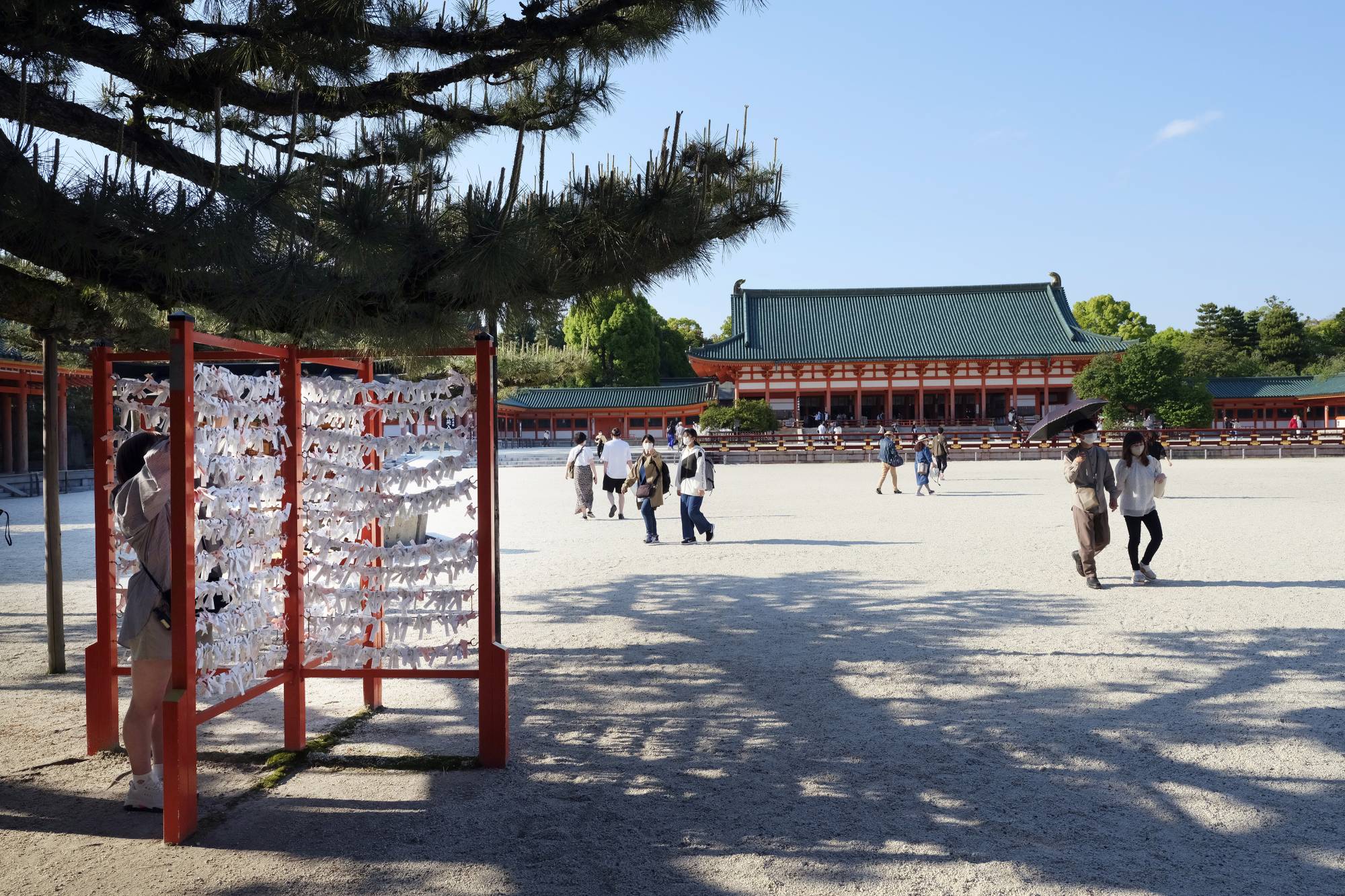If there is one thing that Japan did well to boost its lackluster economy prior to the pandemic, it would be growing inbound tourism.
Up until 2019, the country saw record numbers of foreign tourists annually for seven straight years.
Then the pandemic came, with Japan tightly sealing its borders for more than two years.

















With your current subscription plan you can comment on stories. However, before writing your first comment, please create a display name in the Profile section of your subscriber account page.